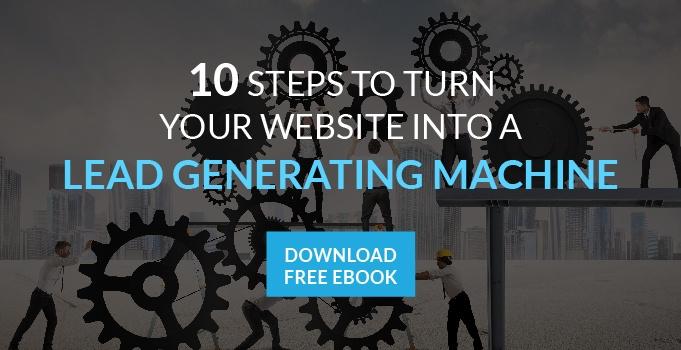 When you see the term user-friendly, you probably think it means “easy.” You may see this term used to describe all manner of different things, from tools to software. However, when it comes to marketing and business websites, user-friendly usually refers to two different things.
When you see the term user-friendly, you probably think it means “easy.” You may see this term used to describe all manner of different things, from tools to software. However, when it comes to marketing and business websites, user-friendly usually refers to two different things.
No. 1: Making the site easy to navigate
With the rise of high-speed internet, web surfers have become considerably picky and inpatient. In the past, the number of clicks it took for a user to achieve their online goal was kept to a minimum to save bandwidth; with unnervingly slow dial-up internet connections, a series of clicks meant the process would take forever. But now that most webpages load in seconds, internet users are simply through with waiting. They’ve become accustomed to getting what they want immediately.
Therefore, your site has to be very simple and easy to navigate. It’s OK to have fancy graphics and interactive tools, but make them optional. If your visitors have a goal in mind, they should be able to accomplish it quickly. It should only take 1-2 clicks for them to find important details such as your phone number, business address or pricing.
Reason No. 2: Encouraging the customer to become a lead
In order to drive sales, it’s not enough for your site to be easy to navigate – you need to be constantly nudging visitors in a certain direction. Your site’s primary goal should be to turn customers into leads. How do you accomplish this? By placing tremendous emphasis on your content offers.
Every page, whether it’s company information, a blog post or contact details, should give the visitor immediate access to a content offer. Why are the offers so important? Because they will convince your customers to become leads.
You can’t just ask
If you simply ask your customers if they’d like to be contacted by your sales staff, you’re going to get a very low response rate. The modern consumer is constantly bombarded by sales pitches, and they aren’t going to be interested in hearing yet another one. Therefore, you have to give them something in exchange for their contact information. This is where content offers come into play.
Your content needs to be valuable enough to convince the visitor to make the exchange. If you’ve proven your value to the visitor by providing interesting, informative blog articles, this is an easy choice for them: submitting contact information doesn’t cost them a dime, so they feel like they’re getting something for free. However, what they’re really doing is willingly agreeing to become a lead for you.
Just the tip of the iceberg
There’s so much more to creating a successful sales website than what we’ve discussed here. At Rhino, we believe that a smartly designed website can be your best sales tool – it’s what inbound marketing is all about. By embracing inbound marketing strategies, you can create the kind of site visitors are happy to visit, because they know they’re going to learn something new every time. And providing ample value to the visitor builds strong relationships before a single sales pitch is made, which leads to higher conversion rates.


Comments